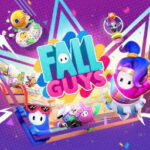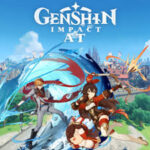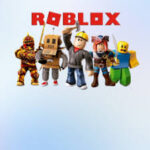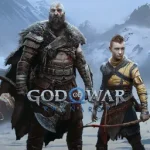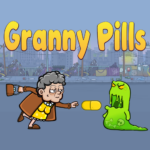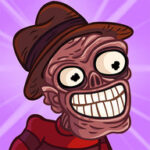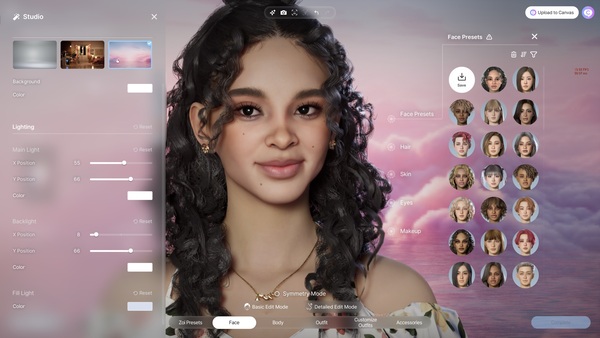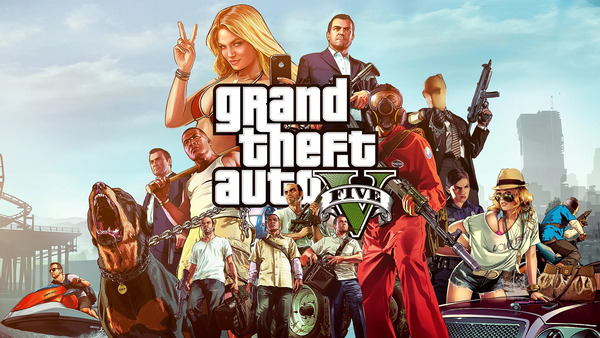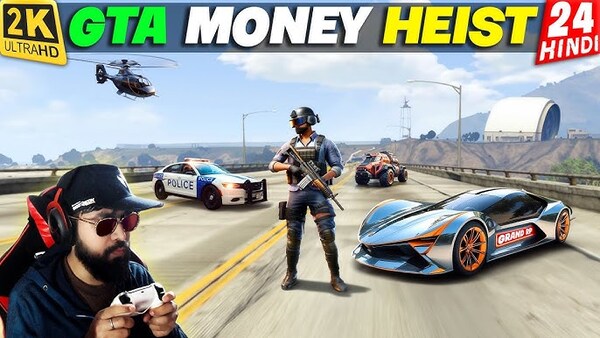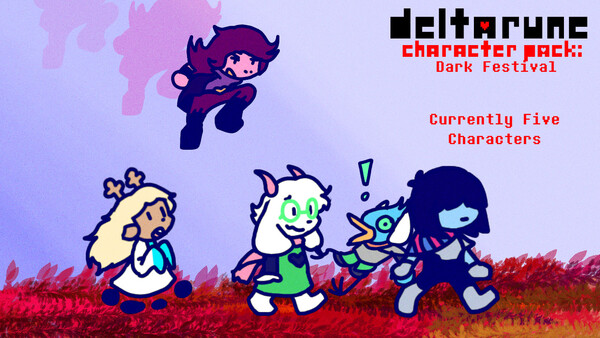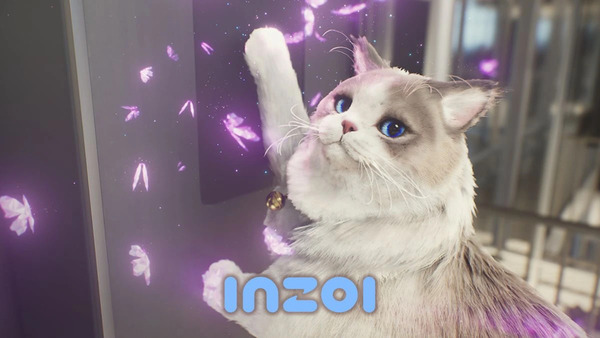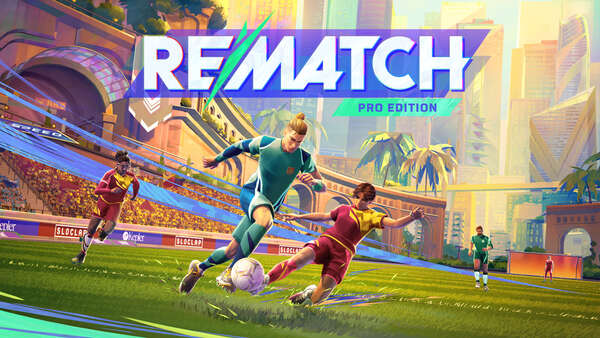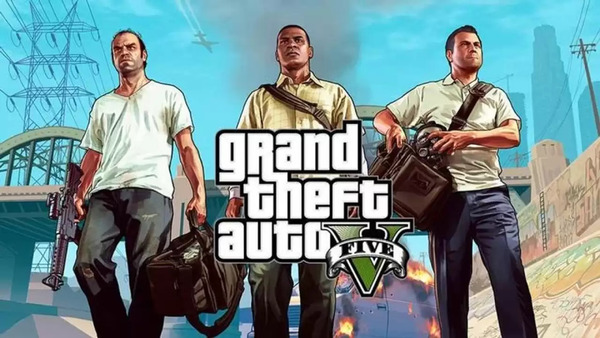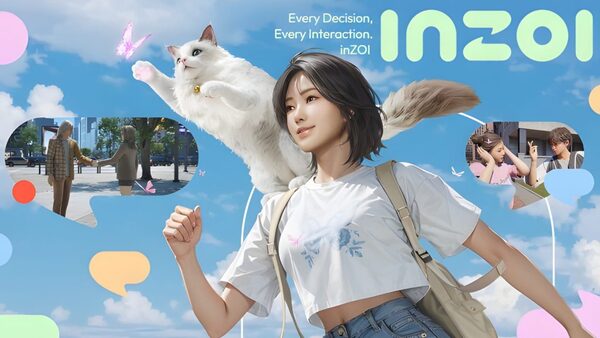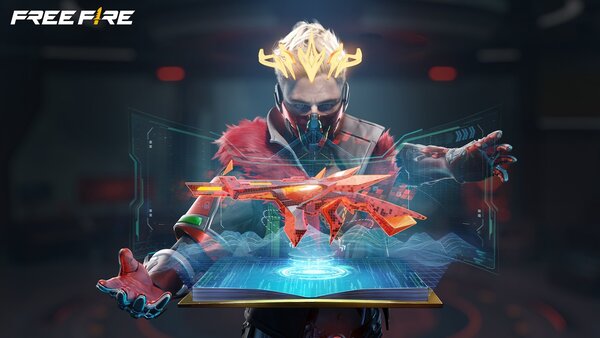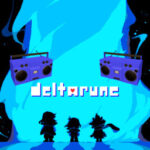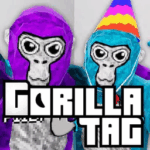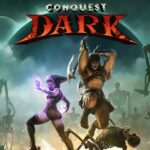Poppy Playtime is an indie horror-puzzle adventure game that has quickly become a viral sensation. Developed by MOB Games, the series first launched in October 2021 and has since grown into a chilling multi-chapter franchise with a dedicated fanbase. Known for its eerie setting, creepy mascot characters, and environmental storytelling, Poppy Playtime blends childhood nostalgia with psychological horror in a way that resonates with gamers and horror lovers alike.
This comprehensive review explores the evolution of Poppy Playtime from its eerie beginnings to its current state, chapter by chapter. We’ll look at its gameplay mechanics, narrative structure, iconic characters like Huggy Wuggy and Mommy Long Legs, the fan culture surrounding it, and how it stands in the horror genre. We’ll also include a detailed breakdown of its pros, cons, and final rating.
The Origins of Poppy Playtime: The Rise of Indie Horror (2021)
Poppy Playtime began as a modest indie title but quickly captured attention through YouTube and social media virality. The game’s first chapter set the tone with suspenseful gameplay and retro toy-factory aesthetics.
The Birth of an Icon
-
MOB Games aimed to revive the charm of horror titles like Five Nights at Freddy’s but with more movement and puzzle elements.
-
Chapter 1 introduced players to the Playtime Co. factory—a once-bustling toy plant now abandoned and haunting.
Viral Success
-
Influencers and YouTubers helped the game go viral.
-
Huggy Wuggy, the blue monster, became an internet icon overnight.
Chapter 1: A Tight Squeeze – Setting the Tone
The first chapter, A Tight Squeeze, acts as an eerie introduction to the world of Playtime Co. It successfully hooks players with suspense and minimal exposition.
Core Gameplay
-
Players solve puzzles using the GrabPack, a tool that can extend hands, activate mechanisms, and carry objects.
-
The chapter balances exploration with escalating tension.
Introduction to Huggy Wuggy
-
Huggy Wuggy begins as a friendly mascot before turning into a relentless predator.
-
His sudden transformation shocked first-time players and set a precedent for future scares.
Chapter 2: Fly in a Web – Expanding the Horror
Released in May 2022, Chapter 2 introduced Mommy Long Legs, expanded puzzles, and a deeper dive into the twisted narrative of the toy factory.
New Mechanics
-
The GrabPack is upgraded with new functionalities like grappling and power transfer.
-
More complex environmental puzzles deepen gameplay immersion.
Mommy Long Legs: A New Horror
-
Mommy Long Legs blends creepy visuals with disturbing voice lines.
-
Her cat-and-mouse gameplay segment is a standout moment in indie horror.
Chapter 3: Deep Sleep – Exploring the Factory’s Darker Secrets
Chapter 3 took a darker turn, exploring the factory’s basement and introducing new enemy types, including CatNap, a sinister feline antagonist.
Lore Development
-
Players begin to uncover more about Playtime Co.’s experiments on children and toys.
-
Audio logs, documents, and visual cues deepen the disturbing backstory.
Atmosphere and World-Building
-
Chapter 3 introduces dimly-lit, maze-like areas that heighten tension.
-
Atmospheric sound design plays a major role in maintaining fear.
Iconic Characters: Huggy Wuggy, Poppy, Mommy Long Legs & More
Poppy Playtime has one of the most iconic horror mascots in modern gaming. Each character is designed to be both nostalgic and terrifying.
Main Characters Breakdown
Huggy Wuggy
-
Initially a mascot; later turns monstrous.
-
Tall, lanky, and moves unpredictably.
Poppy
-
A porcelain doll with ambiguous motives.
-
Not clearly friend or foe—adds psychological tension.
Mommy Long Legs
-
Inspired by classic stretchy dolls.
-
Her cheerful demeanor masks violent tendencies.
CatNap (Chapter 3)
-
Silent and shadowy, he stalks players in pitch-black corridors.
-
Represents the growing darkness in the story.
Puzzle Mechanics and Game Design
At its core, Poppy Playtime is a puzzle-adventure game. The gameplay balances tension with interactivity.
The GrabPack System
-
Central to gameplay; used to move items, power systems, and interact with the environment.
-
Upgrades in each chapter offer variety and challenge.
Level Design
-
Linear progression with optional lore-based exploration.
-
Puzzle complexity increases with each chapter.
Notable Puzzle Elements
-
Electrical Circuits
-
Platform Traversals
-
Timed Events
-
Stealth Segments
Storytelling and Lore: Mystery in Every Corner
Poppy Playtime’s story unfolds subtly through exploration. It uses environmental storytelling and hidden collectibles rather than cutscenes.
Narrative Style
-
Uses audio tapes, VHS segments, graffiti, and abandoned rooms to tell its story.
-
Players piece together the factory’s sinister history on their own.
Themes
-
The dark side of childhood nostalgia.
-
Corporate cruelty, human experimentation, and lost innocence.
Fan Community, Memes, and Mod Culture
Poppy Playtime has developed a passionate fanbase that fuels its popularity across platforms like TikTok, YouTube, and Discord.
Community Creations
-
Fan art, theories, animations, and music videos.
-
Countless mods that change character models or add custom puzzles.
The Meme Culture
-
Huggy Wuggy and Mommy Long Legs have become meme icons.
-
Fan games and crossovers further enhance its cultural footprint.
Monetization, Controversies, and Developer Response
Despite its success, the franchise has faced some criticism over monetization and alleged issues with early access content.
Monetization Model
-
Initial chapters were paid, later made free (Chapter 1).
-
Controversy over NFTs and rushed releases caused some backlash.
Developer’s Response
-
MOB Games released statements addressing delays and transparency.
-
Community engagement has improved in later chapters.
Poppy Playtime vs Other Horror Games
How does it compare to classics like FNaF, Bendy and the Ink Machine, and Little Nightmares?
Unique Strengths
-
Freedom of movement and puzzle-solving (vs static gameplay in FNaF).
-
Use of nostalgic toys as horror elements.
-
Interactivity with the environment via GrabPack.
Room for Growth
-
Short playtimes compared to competitors.
-
Lacks some polish in animation and bug testing.
Pros, Cons, and Final Rating
✅ Pros
-
Innovative mechanics with the GrabPack.
-
Engaging and eerie lore revealed through exploration.
-
Memorable villain designs and strong visual identity.
-
Active fanbase and community content.
-
Improving narrative depth with each chapter.
❌ Cons
-
Short chapter durations may disappoint some.
-
Occasional bugs and performance issues.
-
Inconsistent pacing in puzzle vs horror segments.
-
Monetization decisions have drawn criticism.
Final Verdict: 8.8/10
| Category | Score |
|---|---|
| Gameplay Innovation | 9.0 |
| Horror Experience | 8.5 |
| Visual/Aesthetic | 9.0 |
| Storytelling | 8.8 |
| Replayability | 8.5 |
Poppy Playtime is a stellar example of modern indie horror done right. With its memorable monsters, haunting factory setting, and clever puzzle mechanics, it continues to captivate players and fuel internet culture. While not perfect, its charm, fear factor, and storytelling promise an exciting future for the series.
Whether you’re a horror veteran or new to the genre, this toy factory has a lot more in store.


